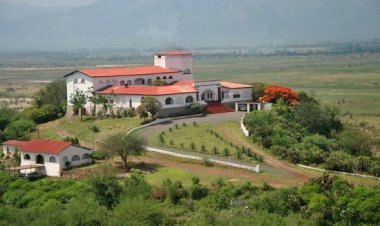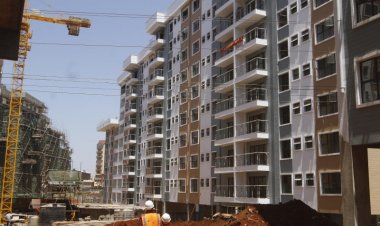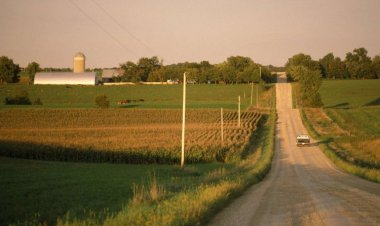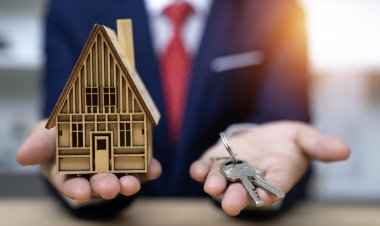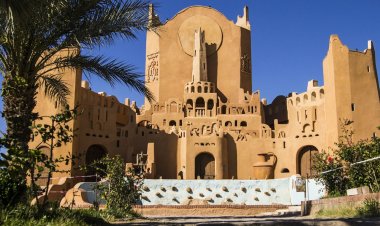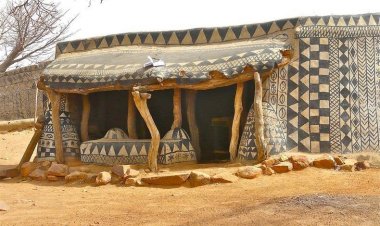Green Building Certifications and Their Importance in Kenya
Building a green building is not the same as certifying that the building is green. Achieving certification helps green building owners and developers meet regulatory requirements, access funds and grants, and also improve their reputation as they venture into this thriving real estate sector.
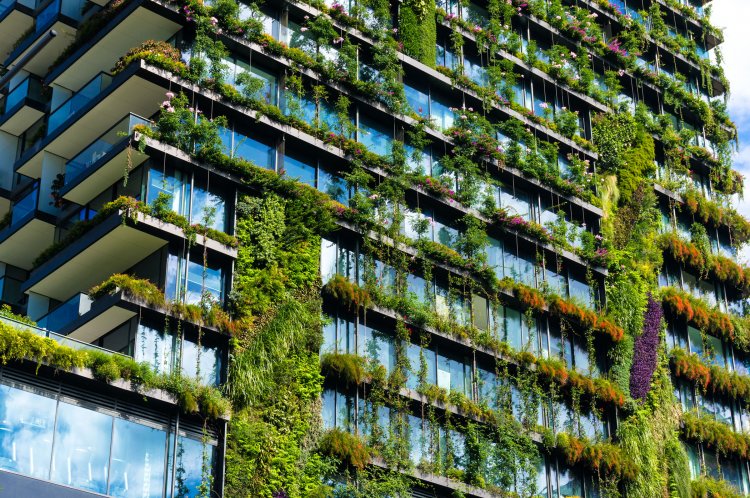
Green building, or sustainable design, is the practice of increasing the water, energy, and material efficiency of buildings and their sites. Green building certifications are used to verify that a building has met environmental standards, energy standards, human health standards, and other standards in its design, construction, and performance.
The key characteristics of a green building include energy efficiency, better indoor air quality, renewable energy, waste reduction, sustainable materials, water-use efficiency, site selection, and land use that minimizes disruption to the ecosystem.
In Kenya, there are several green building certification organizations, such as the Kenya Green Building Society (KGBS), that offer various green building certifications that aim to promote environmentally friendly and energy-efficient buildings. These certifications include LEED (Leadership in Energy and Environmental Design), Green Star, EDGE (Excellence in Design for Greater Efficiencies), Green Mark, and BREEAM (Building Research Establishment Environmental Assessment Method). Each certification offers various benefits, such as increased market value, low operation costs, reduced environmental impact, and improved energy efficiency.
LEED Certification
LEED certification (Leadership in Energy and Environmental Design) provides a framework that focuses on energy-efficient buildings, reduced water consumption, sustainable materials, improved indoor air quality, and sustainable site development.
The LEED certification involves, registration of the building with Green Business Certification Inc. (GBCI), the organization that administers LEED certification. Then submit documentation and evidence that demonstrate compliance with the program's requirements. A third-party reviewer assesses the project's performance and determines the level of certification achieved.
Edge Certification
The EDGE certification (Excellence in Design for Greater Efficiencies) is a certification that provides a framework for developers, architects, and engineers to design buildings focusing on resource-efficient building materials, water conservation, green building practices, cost-effectiveness, and maximizing natural ventilation and daylight to reduce carbon footprint and energy costs, hence reducing energy consumption.
Furthermore, green buildings have a higher market value, and they attract tenants who prioritize sustainability.
Green Star Certification
The Green Star certification is a globally recognized rating system that evaluates the sustainability performance of buildings. It aims at reducing greenhouse gas emissions, minimizing waste, promoting sustainable transport options, improving indoor environmental quality, and enhancing occupant's health and well-being.
To archive the certification, one needs to submit documentation and evidence demonstrating compliance with the certification requirements, such as architectural plans, energy modeling reports, performance data, and material specifications. The submitted documents will be reviewed by a team of assessors, who will later conduct a site visit to verify compliance. Once the assessment is complete, the building is awarded a Green Star rating, ranging from four to six stars based on its sustainability performance.
Green Mark Certification
The Green Mark certification is a voluntary scheme that is awarded by the KGBS (Kenya Green Building Society). The certification is used to assess and certify the environmental performance of buildings and developments.
This type of certification is important because it reduces the environmental impact of buildings by encouraging the use of renewable energy, promoting energy-efficient designs, and reducing operational costs.
The process of obtaining Green Mark certification involves submitting an application to the KGBS along with the necessary documentation (architectural plans, waste management plans, and energy and water use data). The KGBS then conducts a thorough assessment of the building's environmental performance, which may involve site visits and interviews with the project team. Once the assessment is complete, the KGBS awards the certification based on the building's compliance with the set criteria.
BREEAM Certification
The BREEAM certification (Building Research Establishment Environmental Assessment Method) is a globally recognized rating certification system that assesses the environmental performance of buildings and infrastructural projects. It aims at improving sustainability and environmental performance by evaluating green buildings against a set of performance criteria.
The certification process is done by first determining the appropriate BREEAM assessment scheme and then by having an assessor guide the assessment process by ensuring that the building meets the required standards. After determining the appropriate assessment scheme and appointing an accessor, the building is then registered for the assessment process to begin. During the assessment process, the assessor will evaluate the building's design, construction, and operation. This may involve completing questionnaires, undergoing an on-site inspection, and providing documentation. Lastly, once the assessment is complete, the BREEAM assessor will determine the building's BREEAM rating. The building can achieve ratings of Pass, Good, Very Good, Excellence, or Outstanding.
Just like the other types of certifications, BREEAM also helps in improving energy efficiency, enhancing building marketability and value, and reducing environmental impact, thereby demonstrating environmental performance and improving the health and wellness of occupants.
In conclusion, building a green building is not the same as certifying that the building is green. Achieving certification helps green building owners and developers meet regulatory requirements, access funds and grants, and also improve their reputation as they venture into this thriving real estate sector.
If you have a real estate press release or any other information that you would like featured on the African Real Estate Blog Post, do reach out to us via email at [email protected]

 Cece Ndululu Usyu
Cece Ndululu Usyu 






